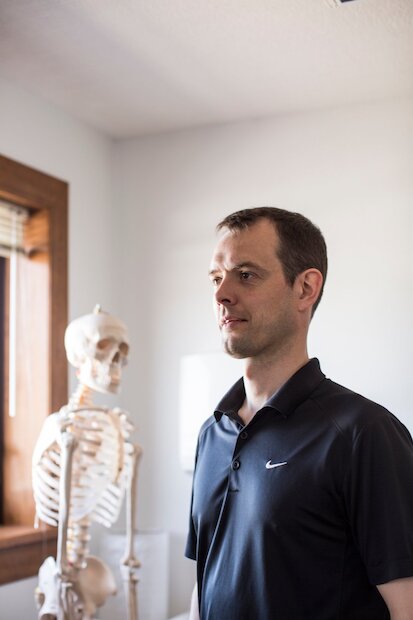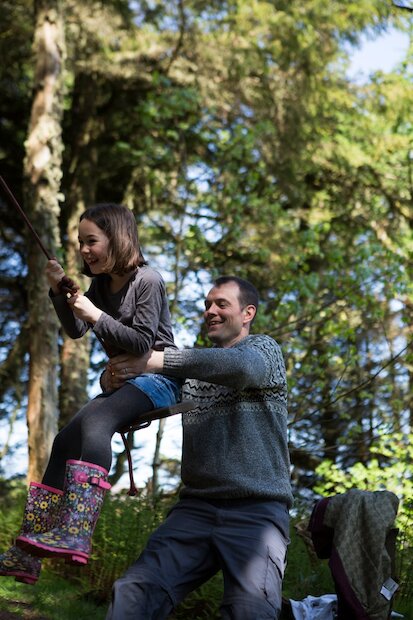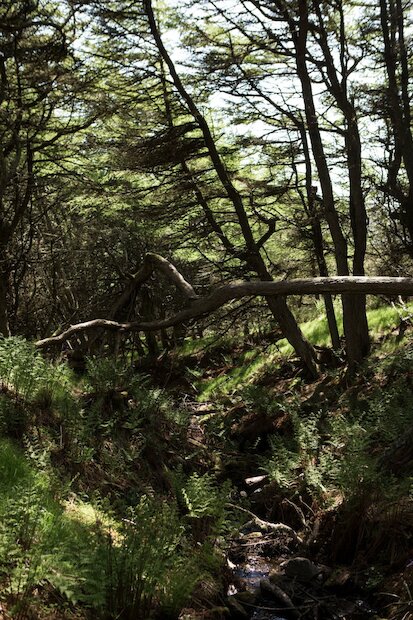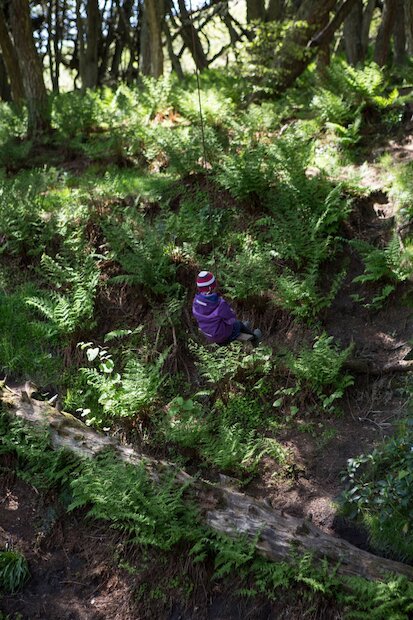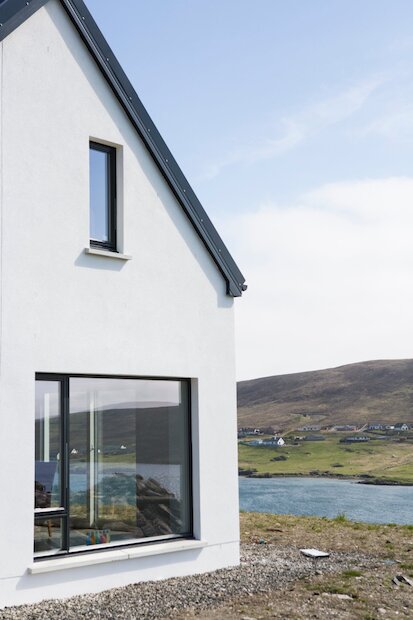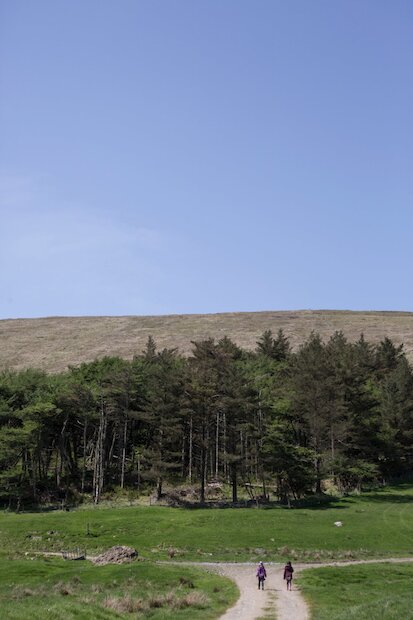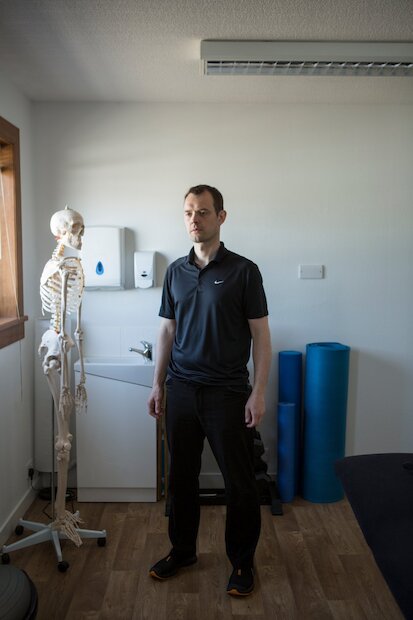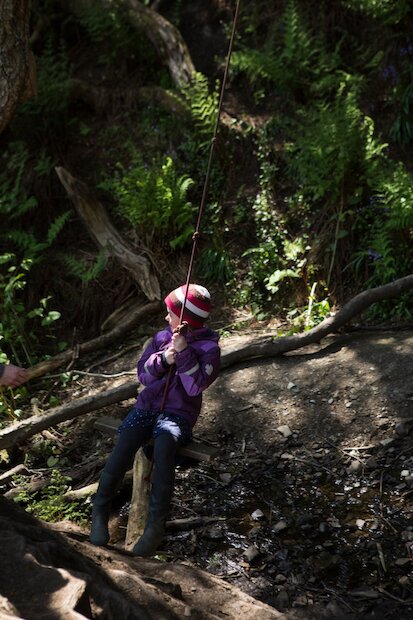NB: This article was written in 2018, and some details have changed.
As Sienna and Isla are finding out, the life of a would-be crofter isn’t easy. Barely a week before we meet in late May, they saw a pickup coming down the driveway with two orphaned lambs, or caddy lambs. “We thought they were so cute,” says Sienna, ten, of the arrival into the family of Junior and Sprinkles, both five weeks into the world and in need of a helping hand. “But the first night I had to feed Junior, he ran to the other side of the field. When I chased him, he ran back. It was chaotic, but then it worked. Now they run up to the bottle, but they also chew on our jackets. And we have to get up early on the weekends to feed them, which is a big no-no.”
Junior and Sprinkles are the latest addition to the Smith family, led by Shetland-born Ross, who runs a physiotherapy practice in Lerwick, and his New Zealand-born wife, Bronwyn, who is about to return to teaching at the 18-pupil Skeld school in the West side of Shetland. As well as Sienna and Isla, eight, there’s also baby Mia, who is not quite up to looking after caddy lambs, but is keen to take part in the family interview, mostly via the medium of gurgles.
They all live in a large, brand new home in Whiteness, on Shetland’s west side. It’s a Saturday morning in May, and as Sienna and Isla work on a colouring-in book, the light is streaming in through the large windows. From the living room, there are stunning views across the Whiteness Voe and, through another large window, across to the field where Junior and Sprinkles are contentedly munching on grass.
We’d wake up on these beautiful winter mornings, when it was frosty outside, and you’d look out at the view and just be like, Wow, this is amazing.
It’s barely a month since the house was fully finished, so it’s still sparsely furnished. Around Hogmanay, or New Year’s Eve, there was no electricity and the ground was just concrete. But the family decided to put mattresses on the floor and camp. “We just didn’t want to go back, so we slept here for a week,” says Ross. “We’d wake up on these beautiful winter mornings, when it was frosty outside, and you’d look out at the view and just be like, Wow, this is amazing. You can just sit and watch it.”
